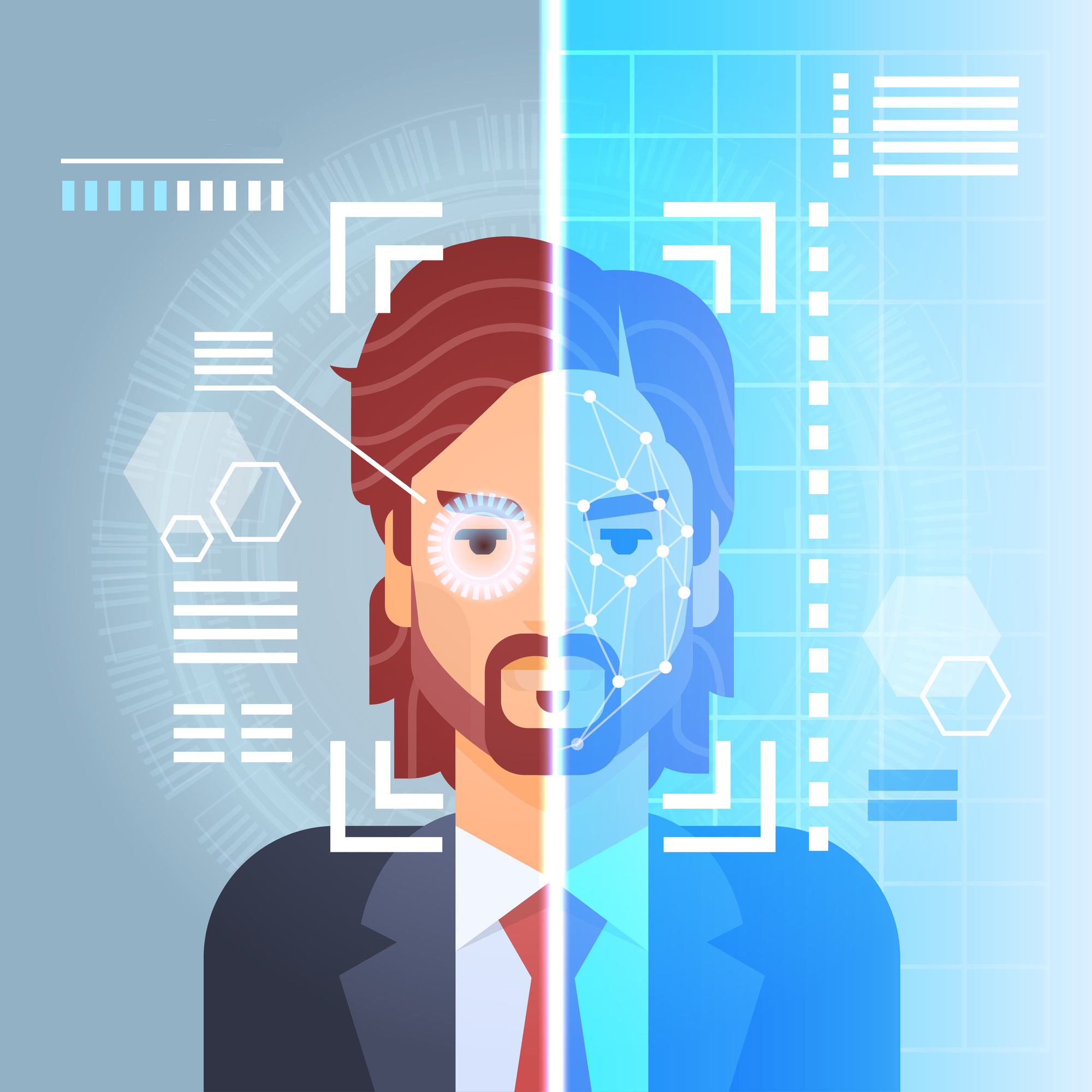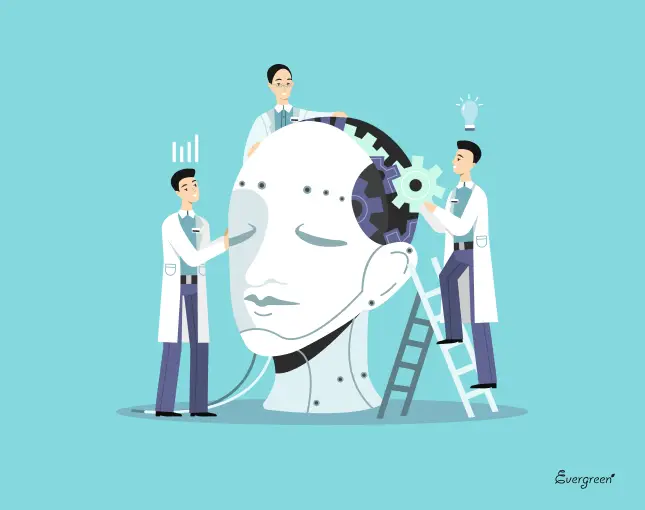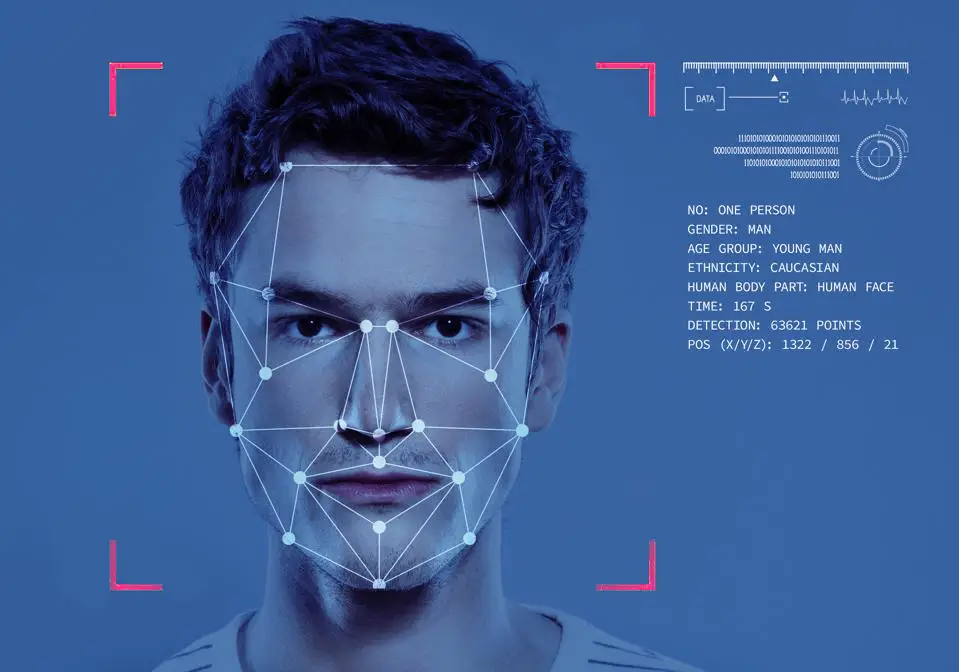The Human Side of AI: Emotion Recognition Technologies

Executive Summary

Emotion recognition technology (ERT) is a rapidly growing field that uses artificial intelligence (AI) to analyze human emotions from data such as facial expressions, voice intonation, and body language. This technology has the potential to revolutionize many industries, from healthcare, customer service and marketing to education and entertainment. This text will define ERT, identify key trends and players in the market, and explore the ethical and societal implications of this emerging technology.

Introduction
In the past few years, there has been a growing interest in emotion recognition technology (ERT). This technology, which uses artificial intelligence (AI) to analyze human emotions, has the potential to revolutionize the way we interact with machines thus transforming many aspects of our lives. However, it also raises important ethical and societal issues that need to be addressed.
5 Key Trends and Innovations
-
Increased Accuracy and SophisticationERT systems are becoming increasingly accurate and sophisticated, thanks to advances in AI, computer vision, and machine learning. This is leading to the development of new ERT applications in a variety of industries.
-
Expansion of ApplicationsERT is being used in a growing number of industries, including healthcare, customer service, marketing, education, and entertainment. In healthcare, ERT can be used to help diagnose and treat mental health conditions. In customer service, ERT can be used to improve the customer experience by identifying and responding to customer emotions. In marketing, ERT can be used to target advertising and messaging to specific emotions.
-
Miniaturization and Wearability ERT devices are becoming smaller, more affordable, and more portable. This is due to the development of new sensor technologies and the integration of ERT into existing devices, such as smartphones and smartwatches. This will lead to an increase in the use of ERT in everyday life.
-
Increased Integration with Other TechnologiesERT is increasingly integrated with other technologies, such as virtual reality (VR) and augmented reality (AR). This is creating new opportunities for ERT to be used in immersive experiences. For example, ERT can be used to create VR environments that respond to the user’s emotional state.
-
Growing Interest in Ethical and Societal Implications There is a growing interest in the ethical and societal implications of ERT. This includes concerns about privacy, bias, and the potential for ERT to be used for social control. As ERT becomes more sophisticated and widespread, these issues will need to be carefully considered.
Conclusion
Emotion recognition technology is a rapidly evolving field with the potential to revolutionize many aspects of our lives. However, it also raises important ethical and societal issues that need to be addressed. As ERT continues to develop, we need to ensure that it is used in a responsible and ethical manner.
Keyword Phrase Tags
- Emotion recognition technology
- Artificial intelligence
- Machine learning
- Facial expressions
- Voice intonation

I think this is a great development! Emotion recognition technologies have the potential to make AI more human-like and emotionally intelligent. This could lead to a more natural and intuitive way of interacting with AI.
I’m not sure how I feel about this. On the one hand, it could be really helpful to have AI that can understand and respond to our emotions. On the other hand, I’m worried about the potential for these technologies to be used for evil.
Emotion recognition technologies are still in their early stages of development, but they have the potential to revolutionize the way we interact with AI. These technologies have a wide range of potential applications, from customer service to mental health care.
I don’t think emotion recognition technologies are a good idea. They’re too invasive and they could be used to manipulate people.
Oh, the irony! AI is supposed to be emotionless, but now we’re developing technologies to make them more emotional.
Yeah, because what we really need is for AI to be able to tell when we’re sad or angry. That’ll definitely make our lives easier.
I can’t wait to see what kind of crazy things AI will be able to do with emotion recognition technologies. Maybe they’ll be able to tell when I’m about to fart.
Emotion recognition technologies have the potential to be both helpful and harmful. It’s important to weigh the benefits and risks before implementing these technologies.